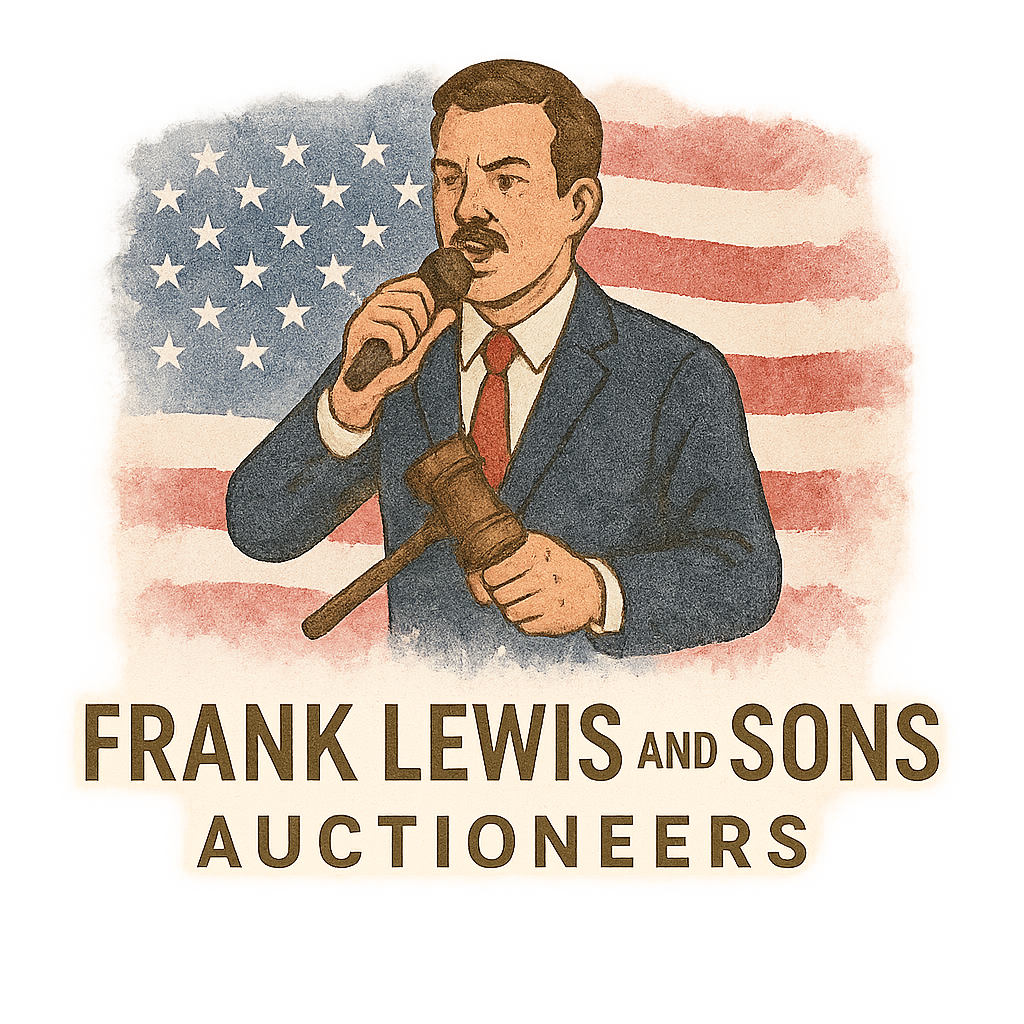Introduction: Why Estate Auctions Are a Big Deal
Ever walked into a room full of antiques, collectibles, or family heirlooms and wondered what they’re worth? That’s where estate auctions come into play. Whether it’s downsizing, liquidating a loved one’s property, or just managing assets, estate auctions can turn a complex situation into a fast, fair, and profitable experience.
Professional auctioneers—like those at Lewis Auctioneers—follow a strategic process to ensure every item is properly cataloged and accurately valued. Let’s pull back the curtain and explore the five steps they take to make it all happen.
Step 1: Conducting an Initial Estate Walkthrough
Before the first item hits the auction block, the auctioneer must understand the lay of the land.
Understanding the Scope of the Estate
The walkthrough sets the stage. Auctioneers assess the size of the estate, the quantity and condition of the items, and the types of categories present—furniture, jewelry, collectibles, art, vehicles, you name it. This bird’s-eye view helps build a roadmap.
Identifying High-Value Areas
Certain rooms tend to hide gems—think attics, basements, or home offices. Experienced auctioneers know exactly where to look for overlooked treasures. And if it’s a real estate auction, they’ll evaluate the property as part of the package.
Step 2: Cataloging Every Estate Item
Once the overview is complete, it’s time to roll up the sleeves and start organizing.
Sorting Items by Category
This step is about order. Items are grouped by type—antiques, electronics, kitchenware, tools, etc. This makes cataloging more efficient and enhances the buyer’s experience.
Check out the business equipment listings at Lewis Auctioneers for a look at how categorized auctions draw in niche buyers.
Tagging and Labeling for Accurate Listings
Each item gets a unique tag. Think of it as its auction ID. The tag includes details like condition, origin, brand, dimensions, and more. Accurate tags build trust and reduce confusion during bidding.
Creating a Digital Inventory
Modern auctioneers rely on software tools to log everything digitally. This inventory includes searchable fields, images, and descriptions. It’s a must-have for both online and live auctions (explore live auctions).
Step 3: Researching and Assigning Value
Here’s where experience and savvy really shine.
Using Comparable Sales Data
Auctioneers pull data from previous sales to gauge an item’s value. What did a similar 19th-century oak dresser sell for last month? This info helps set starting bids and reserve prices.
Explore auctioneering tips to understand how seasoned professionals analyze this data.
Consulting Experts for Specialty Items
Got a vintage Rolex or original painting? Sometimes it’s best to bring in appraisers or category experts. This ensures rare or unique estate assets are properly priced.
You can find great insight into high-value estate assets on Lewis Auctioneers’ tagged assets page.
Factoring in Market Demand
Value isn’t just about what it’s worth—it’s about what people are willing to pay today. An item’s demand in current markets can influence how it’s priced and promoted.
Check out trends on legal aspects and sales that affect auction values.

Step 4: Preparing for the Auction Presentation
Time to bring it all together for the big day.
Writing Compelling Item Descriptions
A good description sells. It should tell the item’s story—when it was made, why it’s special, and any historical context. This taps into a buyer’s curiosity and emotional connection.
See real examples under estate property auctions.
Taking High-Quality Photos
Let’s face it—photos make or break a listing. Auctioneers capture clear, detailed images from multiple angles. For online auctions, this is the buyer’s only “inspection.”
Organizing Auction Layouts
For in-person auctions, presentation is everything. Items are grouped attractively, well-lit, and arranged logically. For digital sales, the layout must be easy to browse and bid on.
Step 5: Legal & Logistical Readiness
There’s more to auctions than what meets the eye. Legal and logistical details are crucial.
Complying with Legal Requirements
Auctioneers must ensure compliance with local and state regulations, estate laws, and licensing requirements. Items with title transfers (like vehicles or property) require documentation.
Want more on this? Browse legal tips.
Managing Ownership & Documentation
All estate items must be cleared for sale. Auctioneers coordinate with estate attorneys or executors to verify ownership and resolve disputes before listing items.
This is especially important in liquidation situations (learn more).
Scheduling & Promoting the Sale
Once everything is set, it’s go time. The auction is scheduled and promoted through email, social media, and platforms where buyers are already engaged.
Tagging content with auction excitement helps draw a crowd!
Benefits of Professional Auctioneer Valuation
Why not just slap a price tag on everything yourself? Here’s why that’s a bad idea:
- Accuracy: Auctioneers base pricing on real data, not guesswork.
- Speed: The process is streamlined for quick turnaround.
- Trust: Buyers have more confidence in professional listings.
- Exposure: Auctions marketed by pros reach more potential bidders.
- Legal Protection: Everything is compliant with the law.
Professional auctioneers bring the perfect mix of skills, qualities, and insider knowledge to the table.
Common Mistakes to Avoid When Valuing Estate Items
Even savvy sellers can mess this up. Avoid these pitfalls:
- Overpricing due to emotional attachment.
- Skipping the research phase.
- Ignoring market trends.
- Poor item descriptions.
- Leaving legal issues unresolved.
For seller advice, these tips can be lifesavers.
Final Thoughts
Cataloging and valuing estate items might seem overwhelming, but professional auctioneers make it look easy—and profitable. Following these five structured steps ensures nothing gets missed, every item is presented professionally, and both buyers and sellers walk away happy.
From antique furniture to real estate and business equipment, knowing how to navigate the process means you’re already ahead of the game. If you’re ready to auction your estate assets, trust the pros at Lewis Auctioneers to lead the charge.
FAQs
1. How long does it take to catalog an entire estate?
It depends on the estate size, but most can be cataloged within a few days to a week with a professional team.
2. Can auctioneers help with pricing rare collectibles?
Absolutely. They often consult with niche experts and use sales data to value rare or unique pieces.
3. Is it better to sell estate items individually or as lots?
That depends on the items. High-value or in-demand pieces do better individually, while low-value items are often grouped into lots.
4. What’s the difference between an estate auction and a garage sale?
Estate auctions are professional, legal sales with formal bidding, while garage sales are informal and less organized.
5. Do auctioneers handle marketing and promotion?
Yes! They take care of online listings, social media promotion, email blasts, and more to attract bidders.
6. What happens if an item doesn’t sell?
It may be relisted, bundled, or offered in a future auction. Auctioneers have flexible strategies for unsold inventory.
7. How do I prepare my home for an estate auction?
Start by cleaning and decluttering. Then contact an auctioneer to assess the space and begin cataloging.


